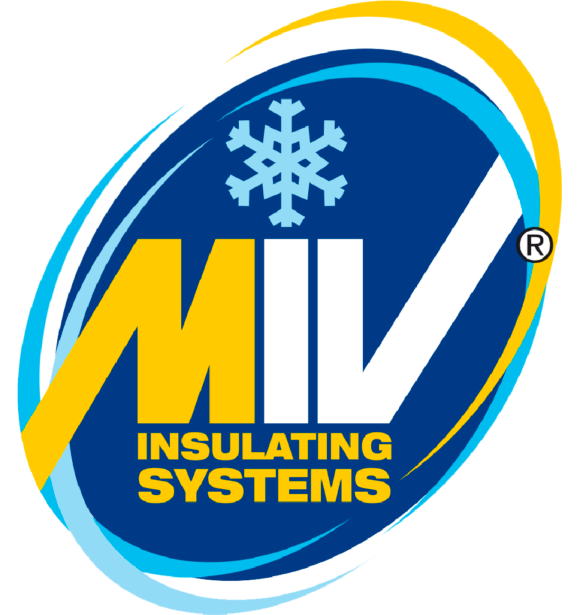1. Pumpkin: a seasonal product that requires optimal preservation
Pumpkin is one of the most representative vegetables of autumn. Its versatility in cooking, long shelf life, and association with the Halloween holiday make it the absolute star of the month of October. However, to keep its organoleptic qualities intact and extend its availability on supermarket and market shelves, it is essential to apply controlled temperature preservation techniques.
Cold room doors play a strategic role in creating ideal environments for pumpkin storage. Unlike many other vegetables, pumpkins do not require extreme temperatures: generally, the optimal temperature ranges between 10 °C and 14 °C, with a relative humidity around 50–70%.
In professional storage environments equipped with high-quality cold room doors, it is possible to maintain constant conditions, avoiding temperature fluctuations that could promote mold or rot. These doors ensure effective insulation, preventing the entry of warm, humid air from outside and protecting the product for weeks, if not months.
Another important advantage is the ability to create separate areas by product type, avoiding cross-contamination with fruits and vegetables that emit ethylene, a gas that accelerates the ripening and degradation of pumpkins. MIV cold room doors allow warehouses to be effectively compartmentalized, optimizing logistics and quality.
2. Supermarkets and retail outlets: keeping pumpkins fresh and attractive thanks to cold room doors
In supermarkets and retail points, October is a month of high turnover for pumpkins: they are sold whole, in slices, or pre-packaged for cooking soups, risottos, and traditional desserts. Keeping the product fresh and visually appealing is crucial to stimulate sales.
Cold room doors perform an essential function in this context. In back storage areas, they help maintain pumpkins at a constant temperature even with frequent openings during working hours. Thanks to high-sealing gaskets and quick-opening systems, cold air does not escape, preventing energy waste and premature product deterioration.
Furthermore, modern produce departments increasingly use visible cold rooms with transparent or aesthetically customizable doors. This allows customers to see the product in a clean and well-organized environment, enhancing the shopping experience.
MIV cold room doors, designed for commercial environments, combine design and performance, ensuring comfort for operators and food safety for customers.
3. Logistics and industrial processing: cold room doors for an efficient supply chain
The industrial processing of pumpkins — for the production of purees, dessert bases, soups, or ready meals — requires controlled environments and precise logistics. The cold chain must be maintained at every stage: from harvesting in the fields, to transport to processing centers, to storage in cold rooms, and distribution.
Professional cold room doors ensure that these phases occur uninterrupted, keeping the refrigerated environment isolated from the outside. Horizontal sliding doors, high-insulation hinged doors, and automatic systems allow for managing large volumes of goods quickly, avoiding thermal shocks that could compromise pumpkin quality.
In particular, on production lines where handling is continuous, doors must withstand hundreds of openings daily without loss of performance. MIV solutions are designed to guarantee durability, insulation, and ease of maintenance—features that make the investment worthwhile in the long term.
Thanks to these technologies, companies can extend the seasonal availability of pumpkins, ensuring consistent quality and reducing food waste.
Contact information for cold storage doors.
For further information, write to us on our contact form.
WhatsApp contact: https://api.whatsapp.com/message/BWKLO7GYVGFDK1
Facebook page: https://www.facebook.com/mivrefrigeration
LinkedIn page: linkedin.com/company/mivinsulatingsystems

